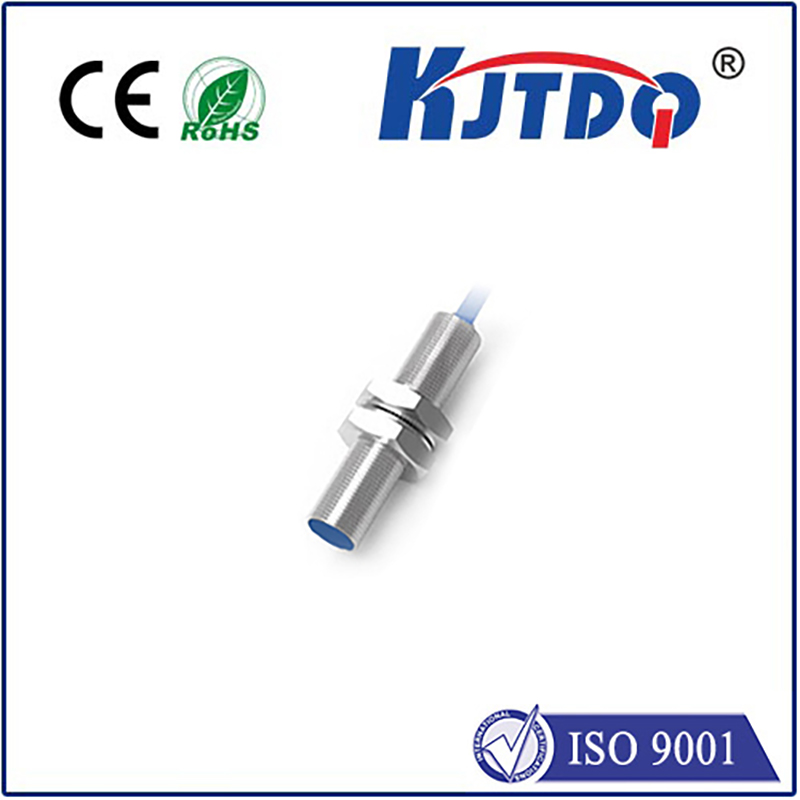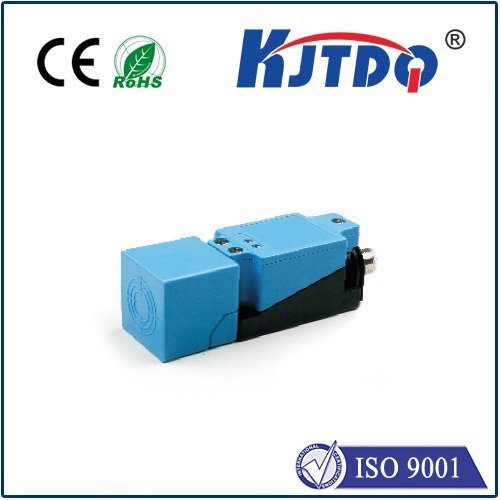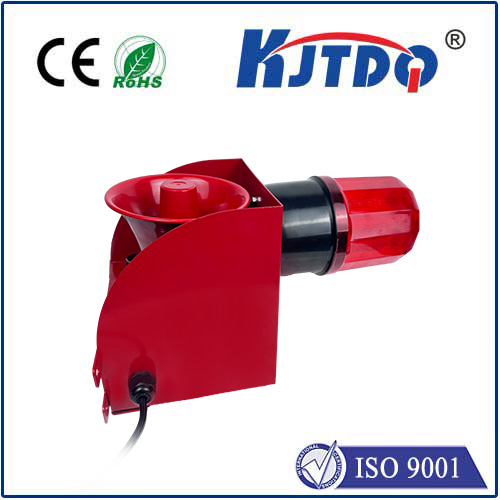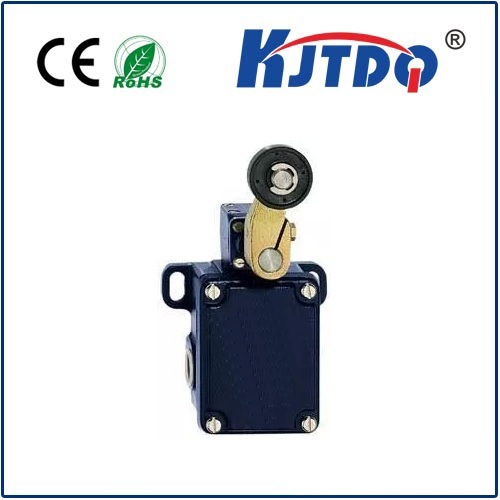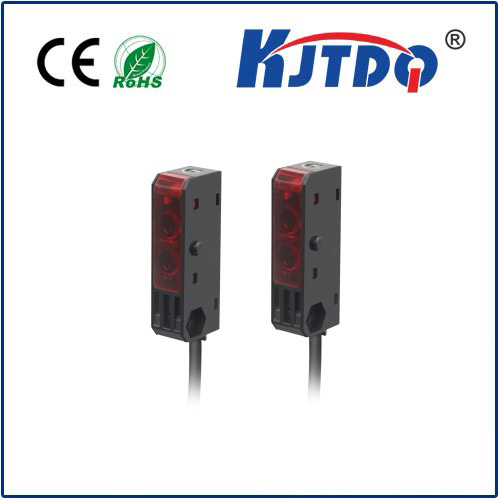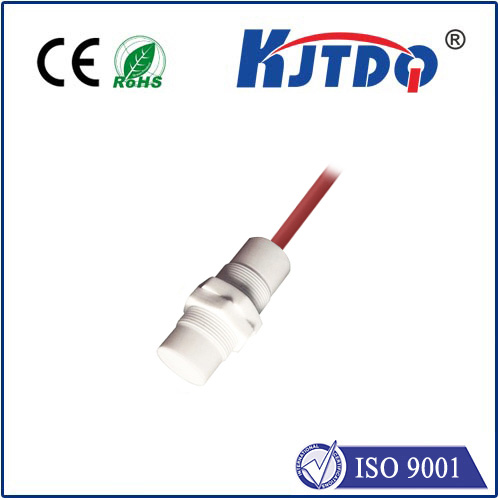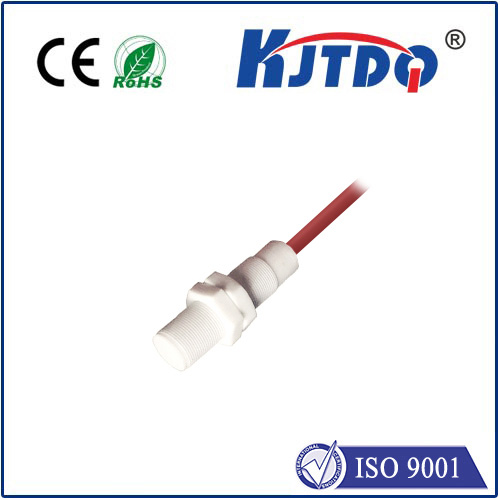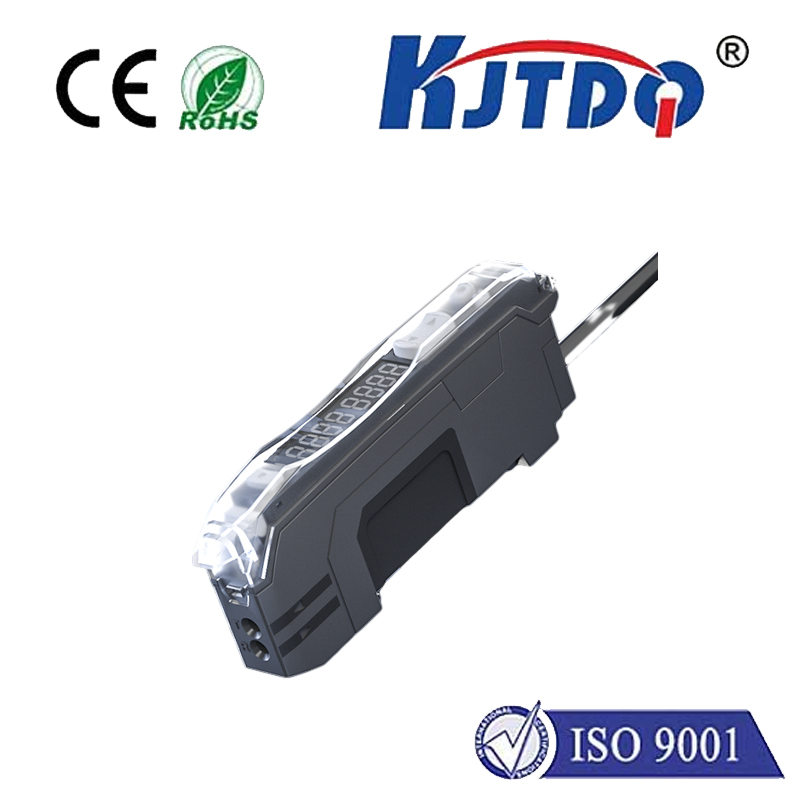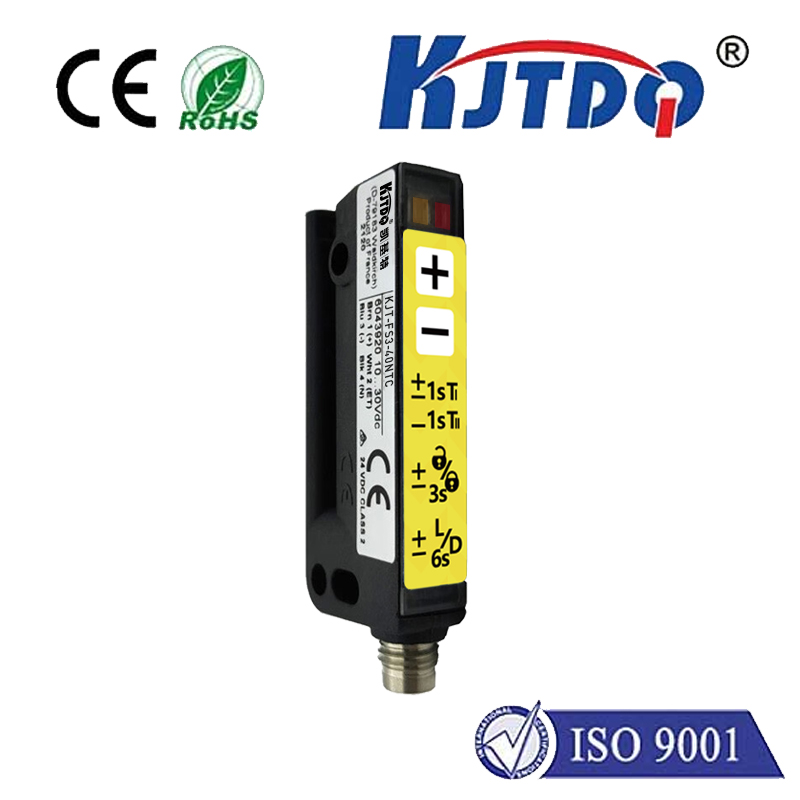
check

check

check

check
Deep Dive into the Working Principles and Applications of SPDT Limit Switches
The SPDT (Single Pole Double Throw) limit switch is a critical component in various electrical and mechanical systems, offering precision control over positioning and movement. This type of switch mechanism plays a crucial role in ensuring system reliability and safety across numerous industries.
At the heart of an SPDT switch is its ability to channel or divert an electric current to two separate circuits, depending on its mechanical state. The term 'Single Pole' refers to one set of contacts, while 'Double Throw' implies it can connect to two different circuits. When activated by a machine part reaching a predetermined position, the switch changes state, thus altering the current flow.

SPDT limit switches are encased within metal or plastic casings, safeguarding them against environmental hazards like force, water, oil, and dust . This protective measure ensures that the switch maintains its functionality over prolonged periods, even in harsh conditions. The switch's rated values, which include parameters such as voltage and current ratings, serve as guarantees of its performance characteristics under specific conditions.
The contact form of these switches varies according to their application. They may be configured to meet any number of electrical input and output circuit combinations, making them versatile components in electronic and control systems. Additionally, methods like resin fixation (plastic-enclosed terminals) ensure that terminal parts are securely wired, enhancing sealing and eliminating exposed live parts for increased safety and longevity .
In discussing types of switches, the SPDT limit switch stands out for its unique operation compared to other configurations like the cascade, tree, or matrix switches. With advancements in technology, such as Peregrine's UltraCMOS® PE4272, a high-linearity RF switch, the SPDT switch continues to evolve, promising enhanced performance and new possibilities for integration into future technological landscapes .
Applications of SPDT limit switches span various sectors. In industrial machinery, they are integral to automated processes, triggering changes in machine states or directions. Home appliances also utilize these switches for user safety, automatically shutting off devices when access panels are opened or certain thresholds are met.
Maintenance and troubleshooting with SPDT limit switches involve regular checks for proper alignment and unobstructed movement of the activator arm. Ensuring clean contacts and undamaged terminals prevent faulty operations that could lead to system failures.
As technology progresses, the role of SPDT limit switches becomes increasingly significant. Their ability to provide reliable, precise control in both simple and complex systems makes them indispensable components. As we look to the future, advancements in material science and design will inevitably lead to smaller, more durable, and smarter switch mechanisms, further solidifying SPDT limit switches as essential elements in modern machinery and electronics.
